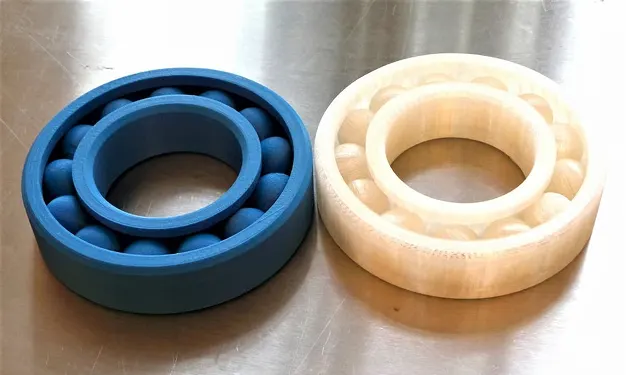
From Experimentation to Industry: The Evolution of 3D Printed Ball Bearings
3D printing bearings enable custom designs, rapid prototyping, and cost savings, but face material limits. See trends, benefits, and industry adoption insights.

3D printing bearings enable custom designs, rapid prototyping, and cost savings, but face material limits. See trends, benefits, and industry adoption insights.
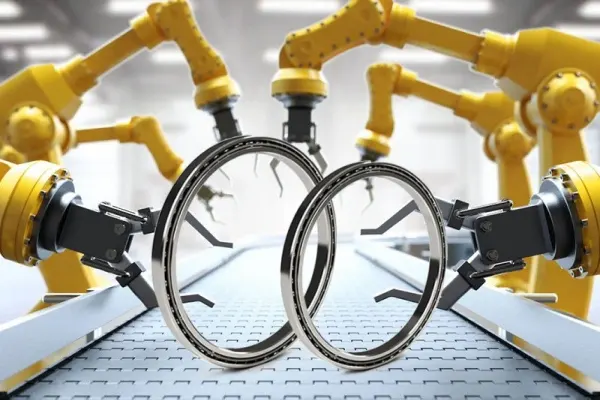
Thin wall ball bearings enable lighter, more precise robots by saving space, reducing weight, and improving motion control in advanced automation systems.
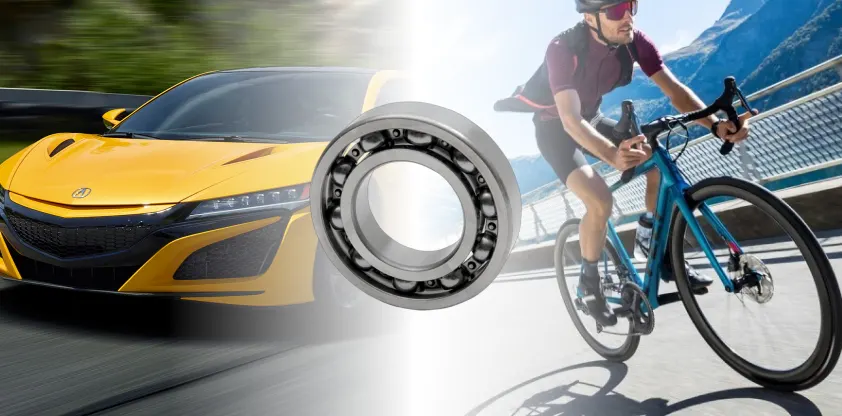
Ball bearings reduce friction in bikes and cars by enabling smoother, more efficient movement, leading to better performance and longer-lasting parts.

Select the right flanged ball bearing by matching load, speed, environment, and fit to your application for optimal performance and reliability.
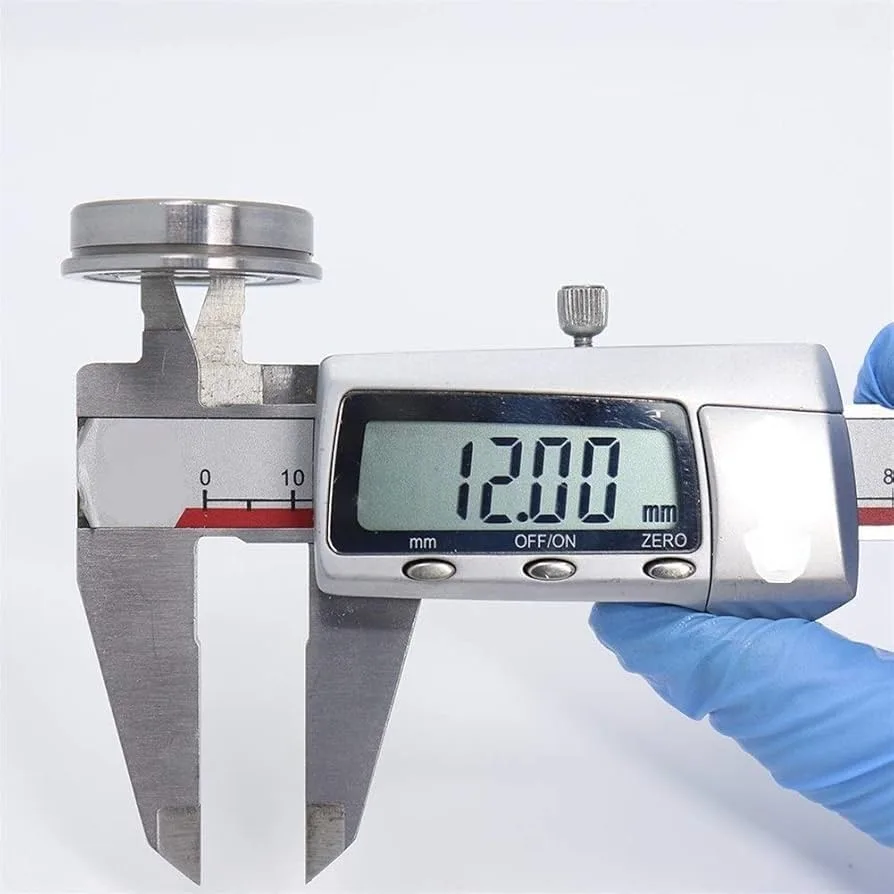
Easily choose the right bearing with a flanged ball bearing size chart—measure shaft, flange, and width for a secure fit and reliable performance.
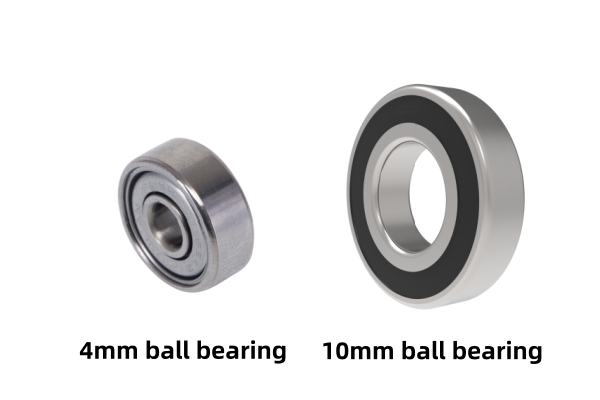
Understand the difference between ball bearings and why 4mm vs 10mm sizes impact load, fit, and performance in various machines and devices.
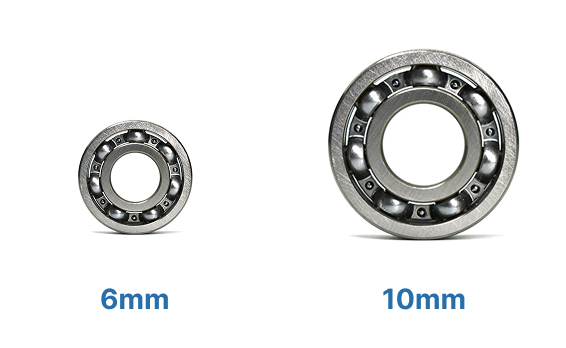
Compare 6mm Ball Bearings vs 10mm for load, speed, and use cases. Find out which size fits your project’s needs for compactness, strength, and performance.
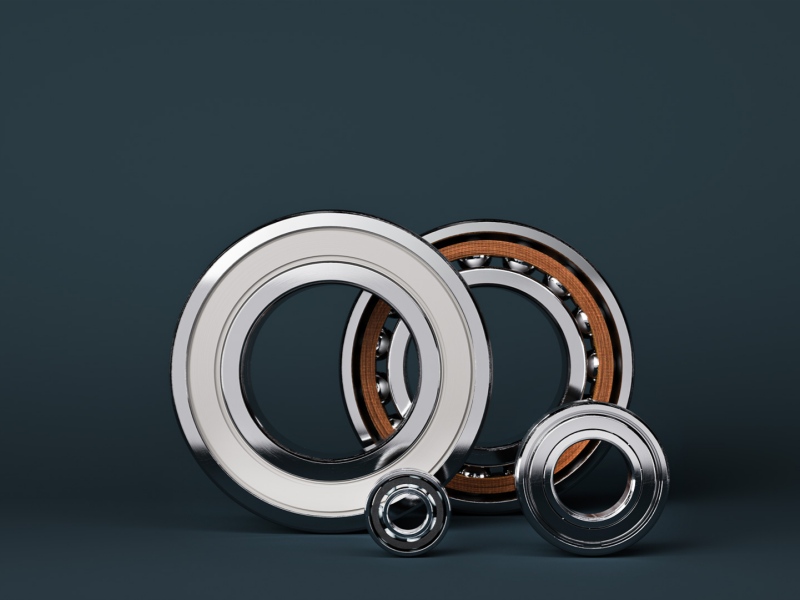
Compare high precision ball bearings vs high speed ball bearings. Understand key differences, applications, and how to select the best type for your needs.